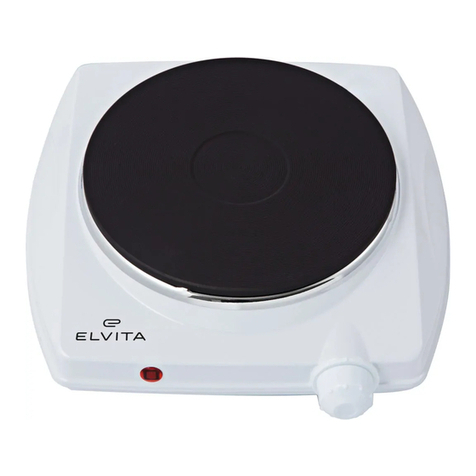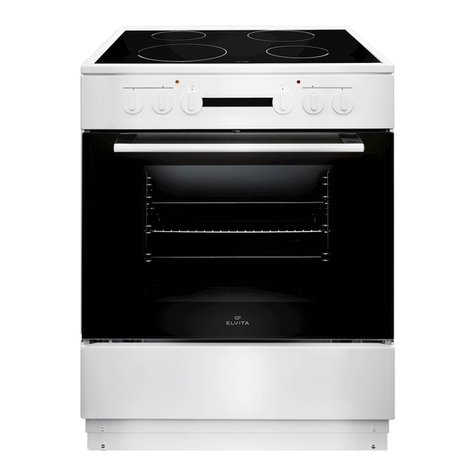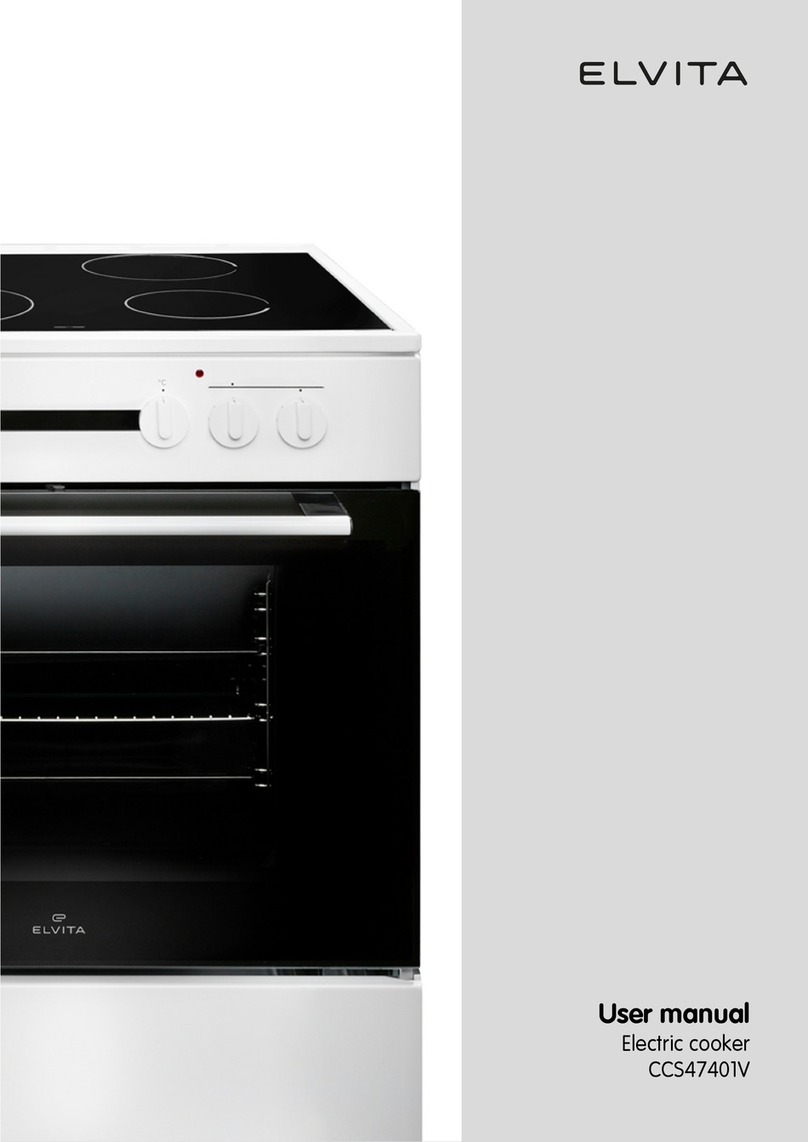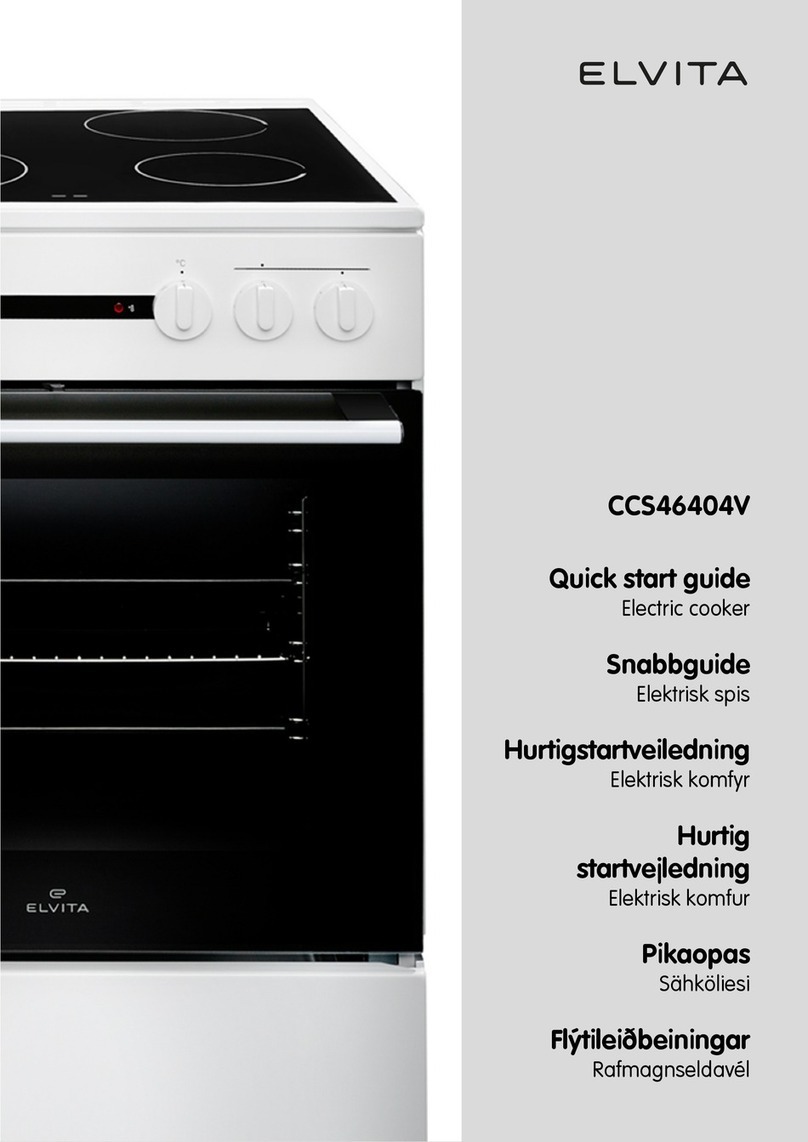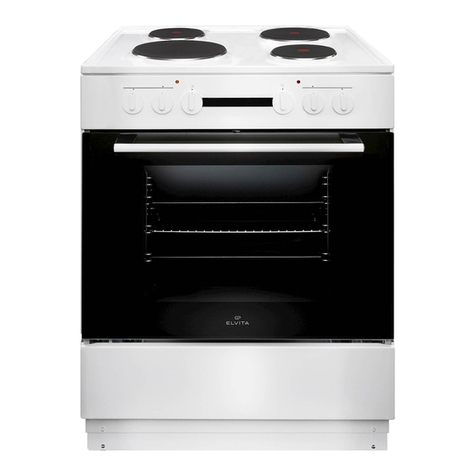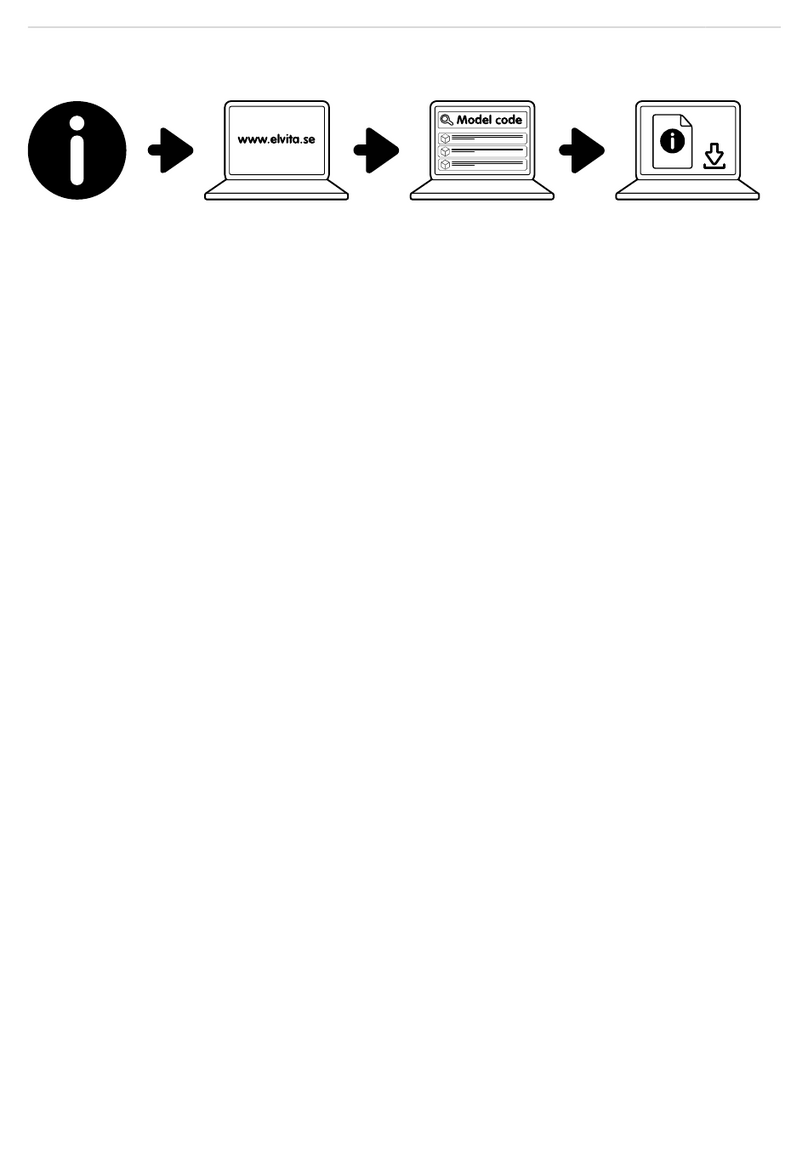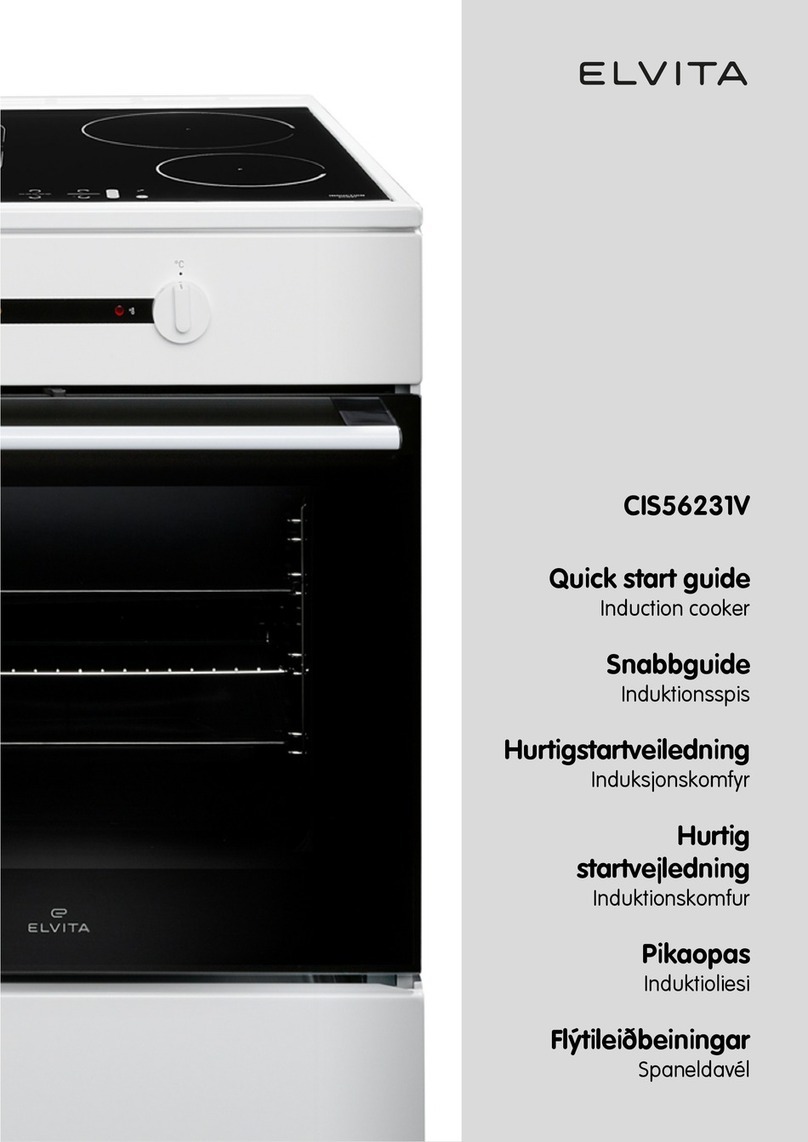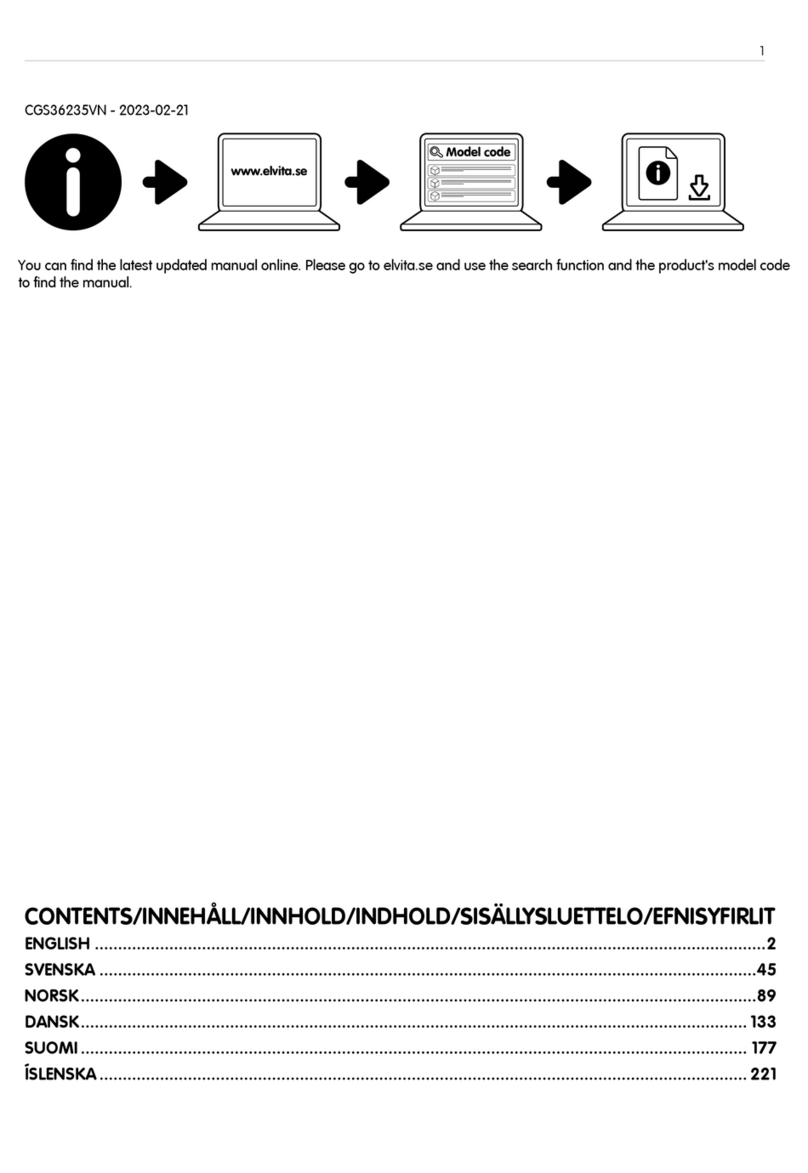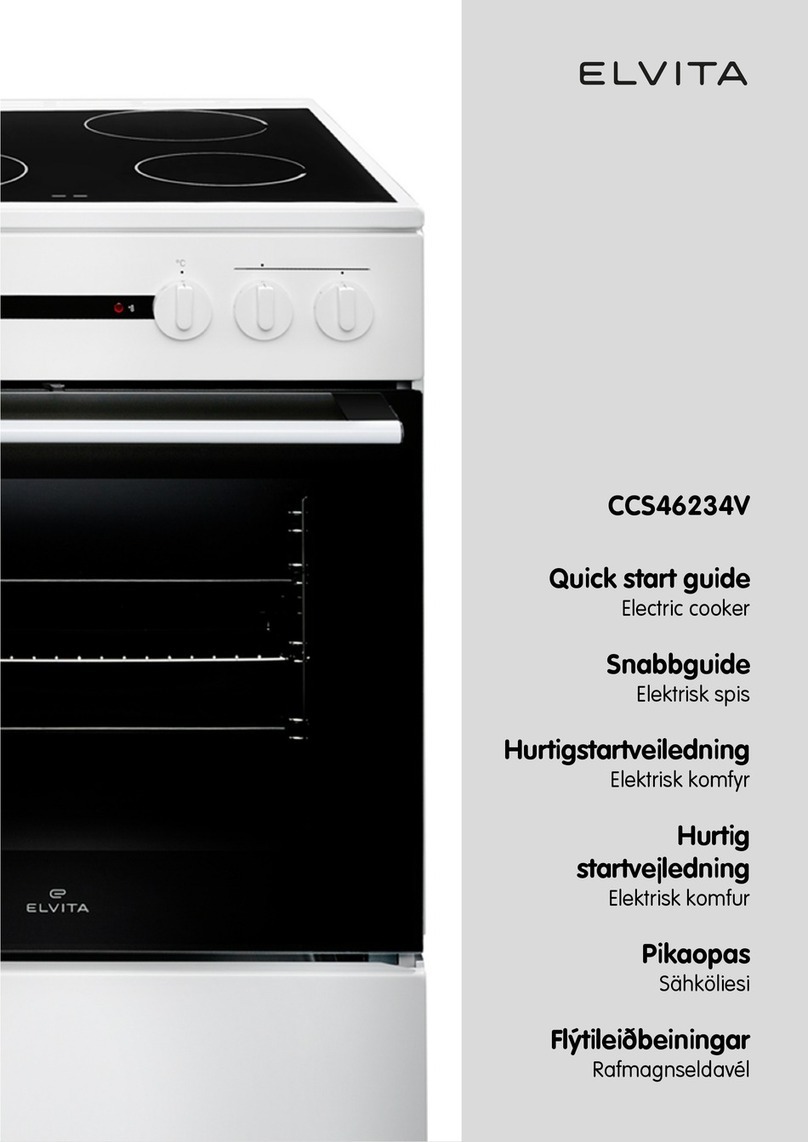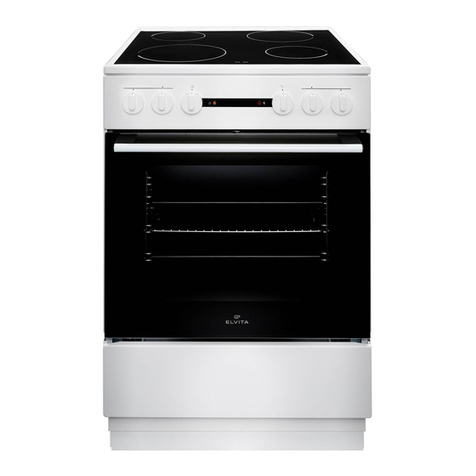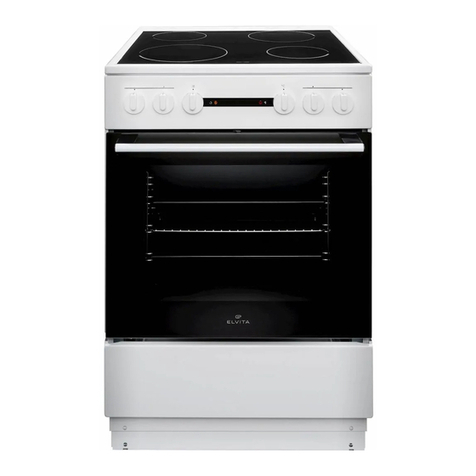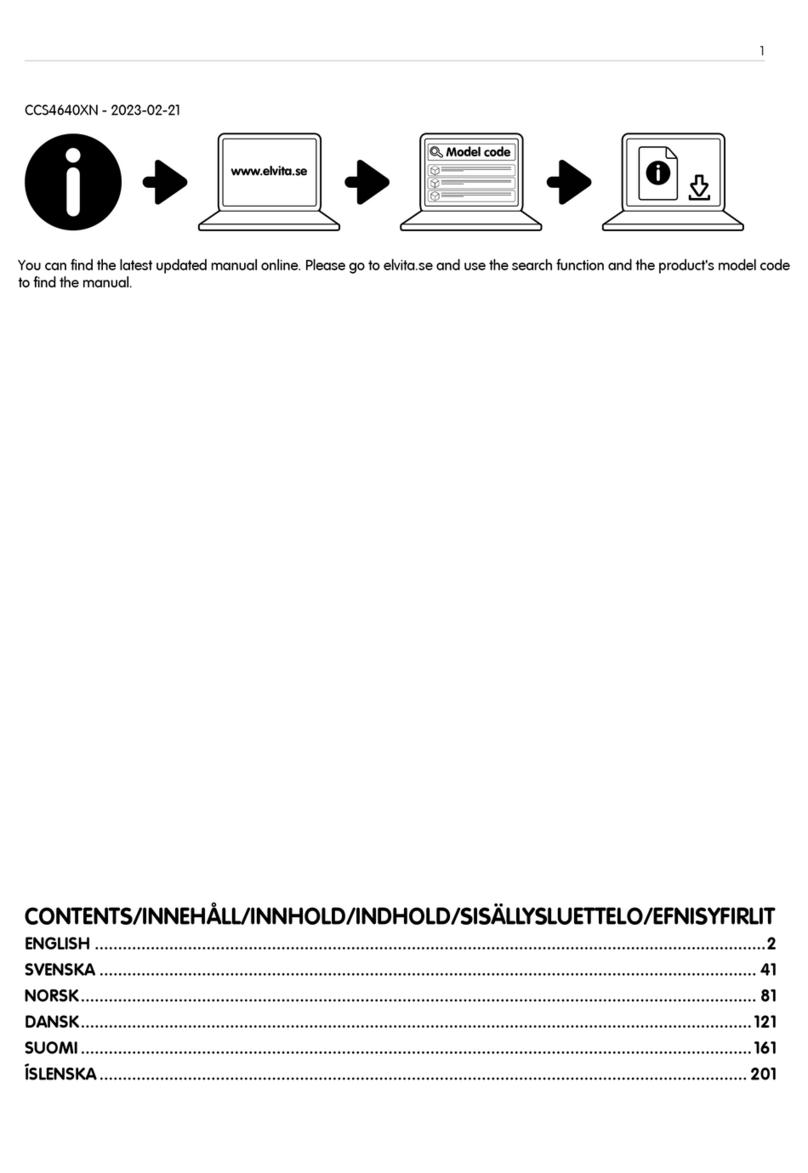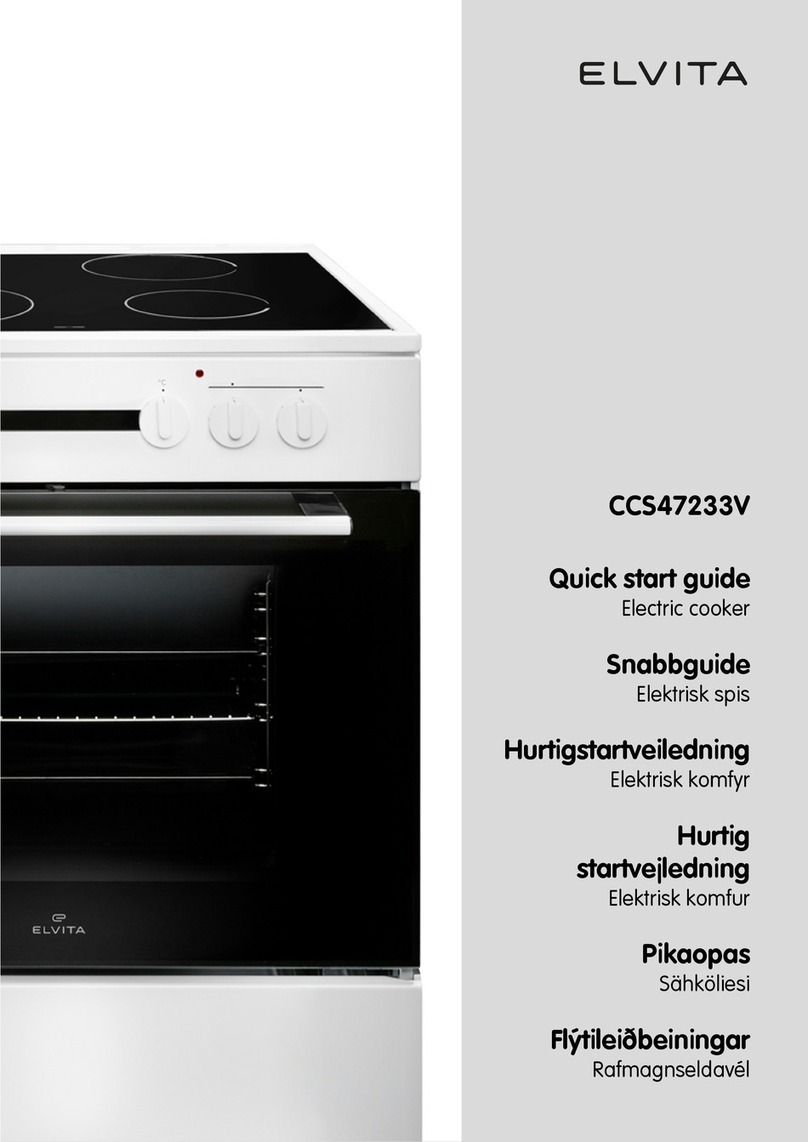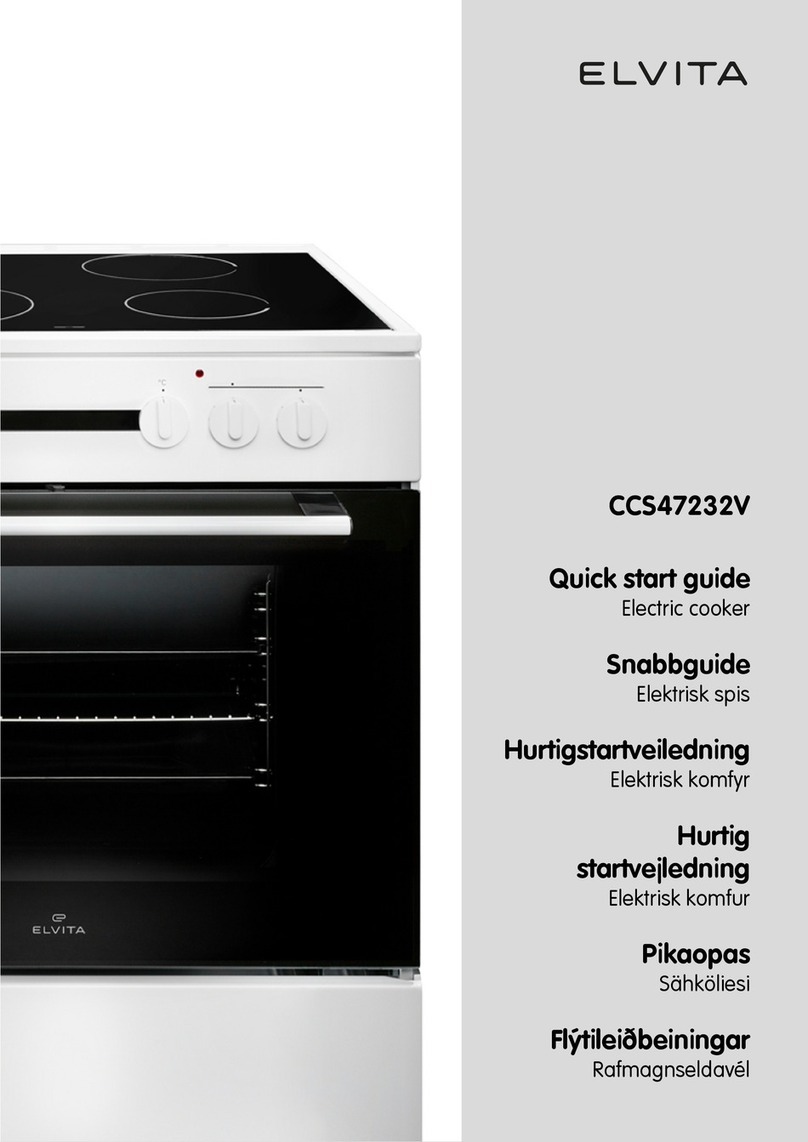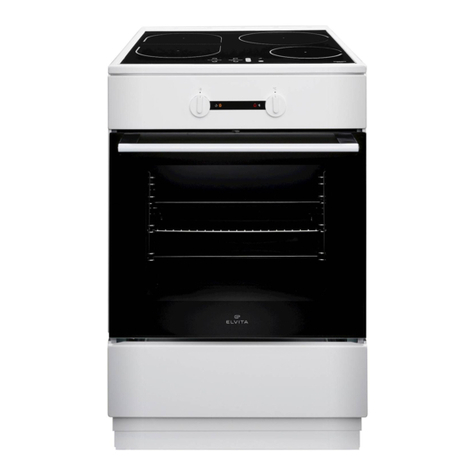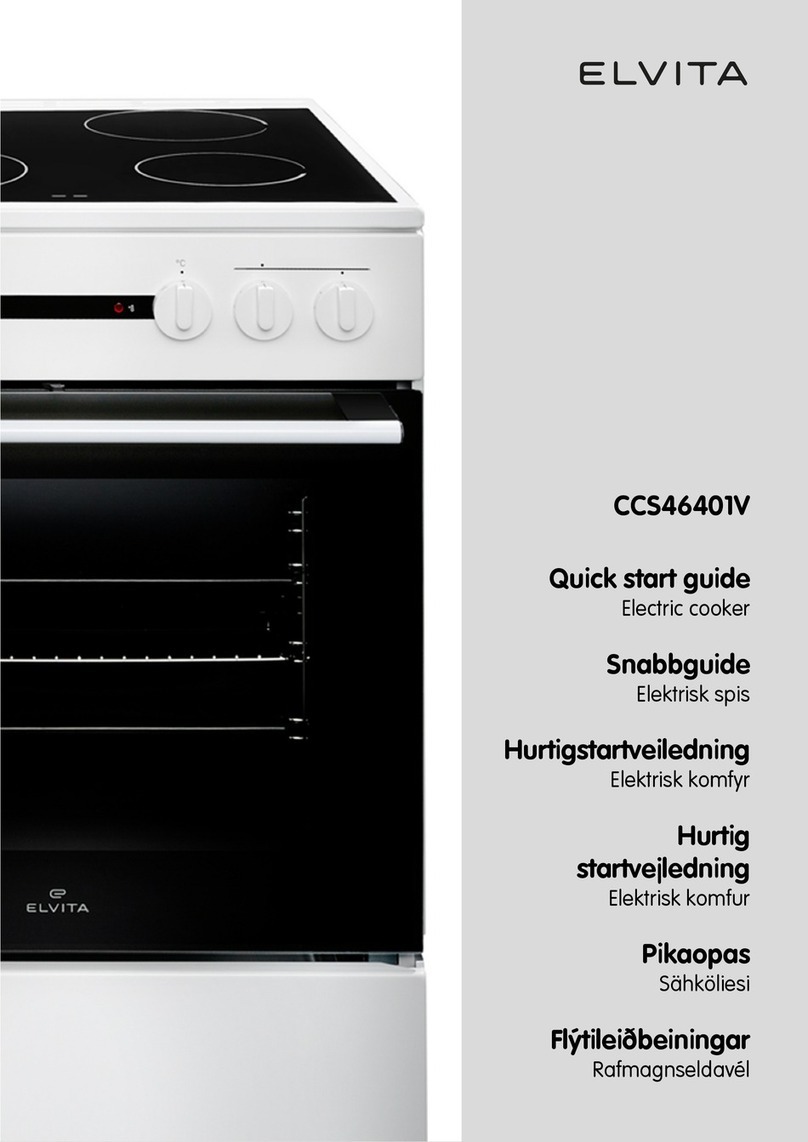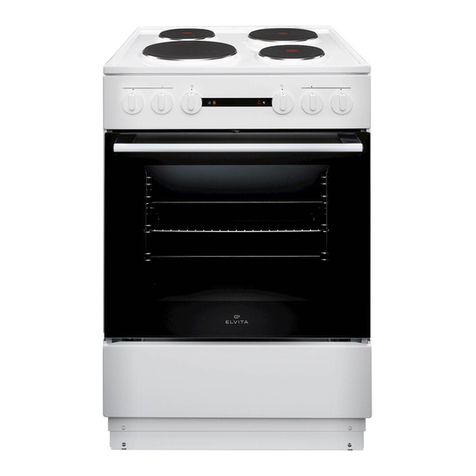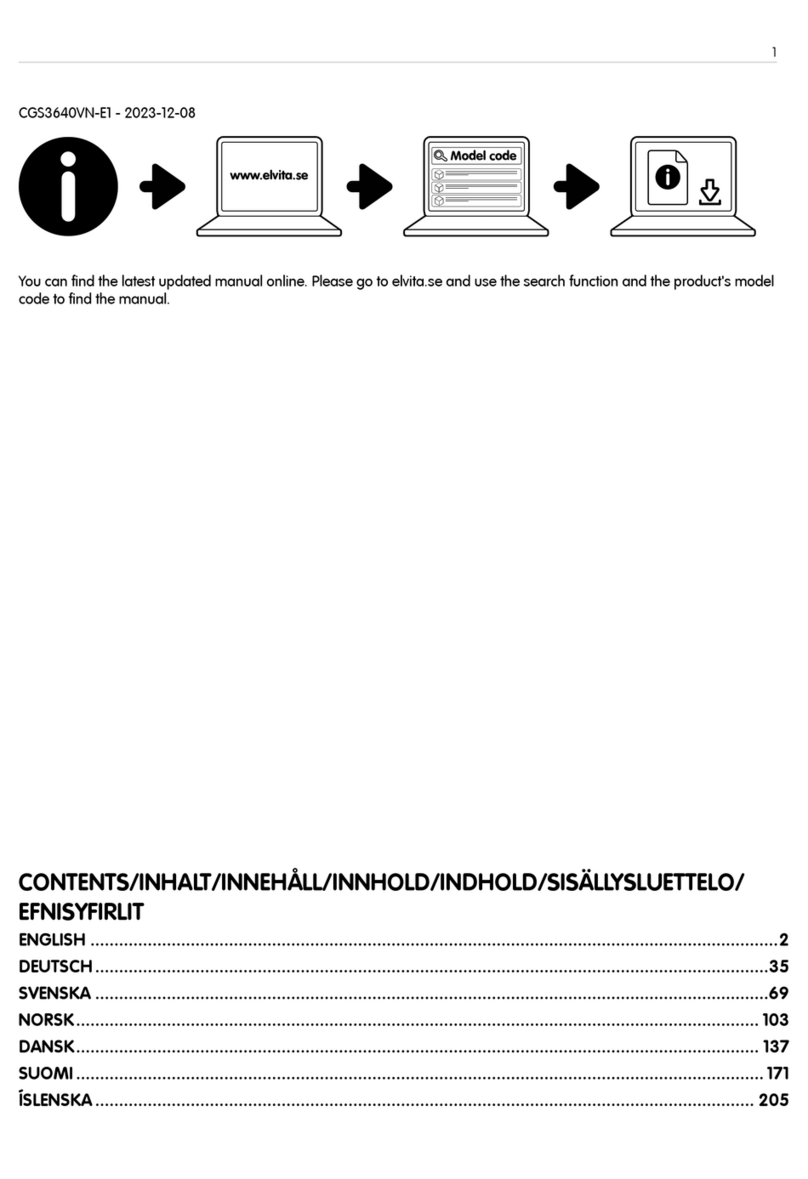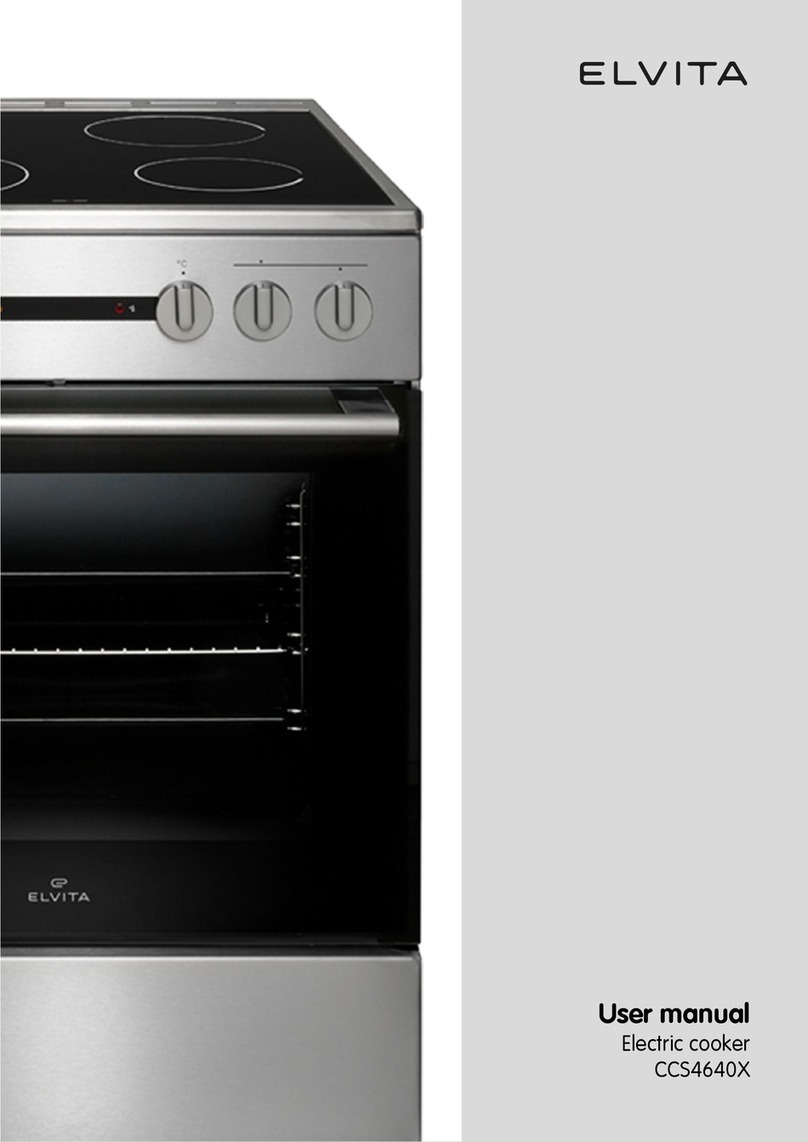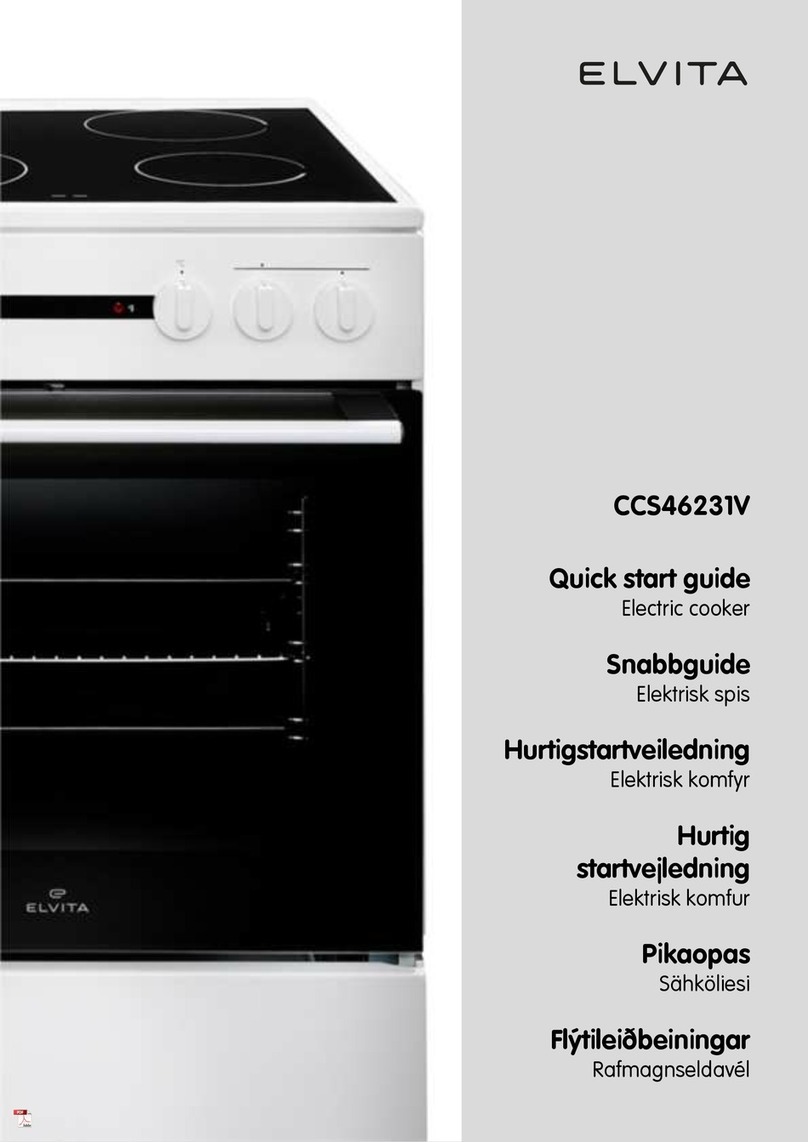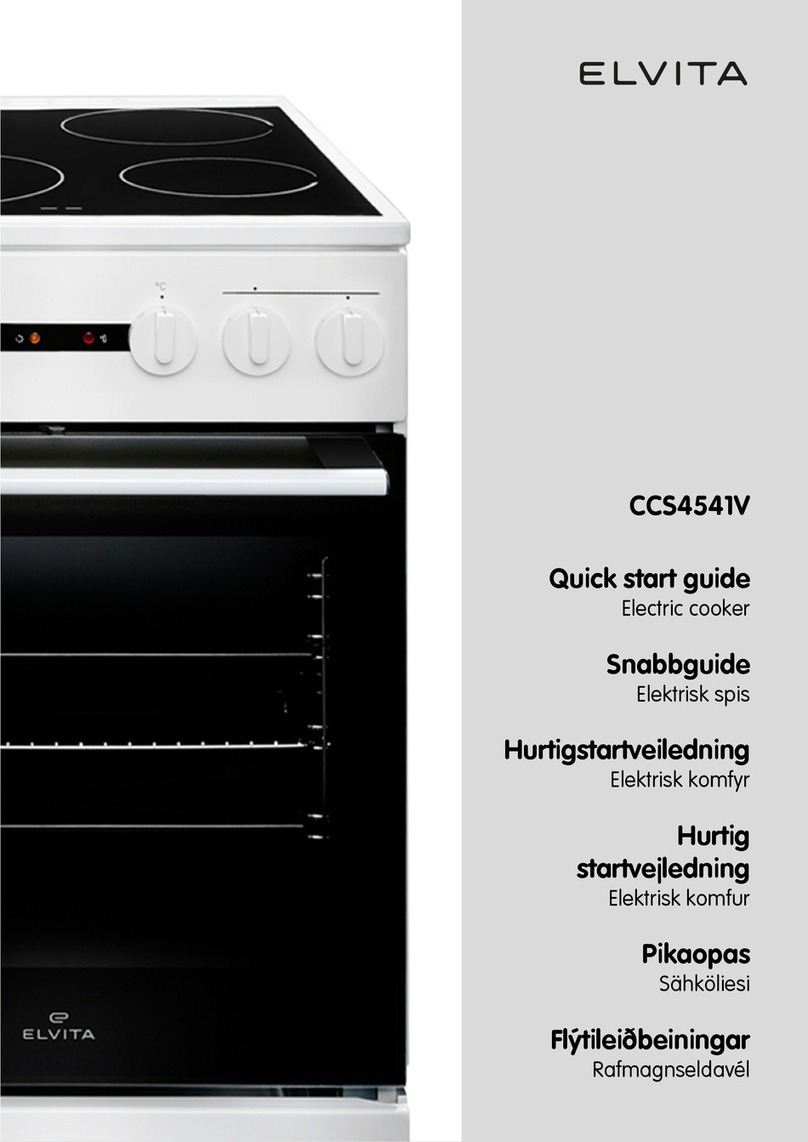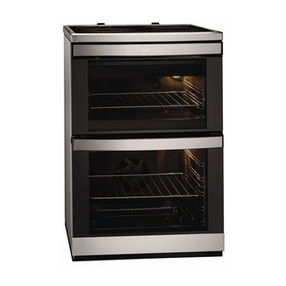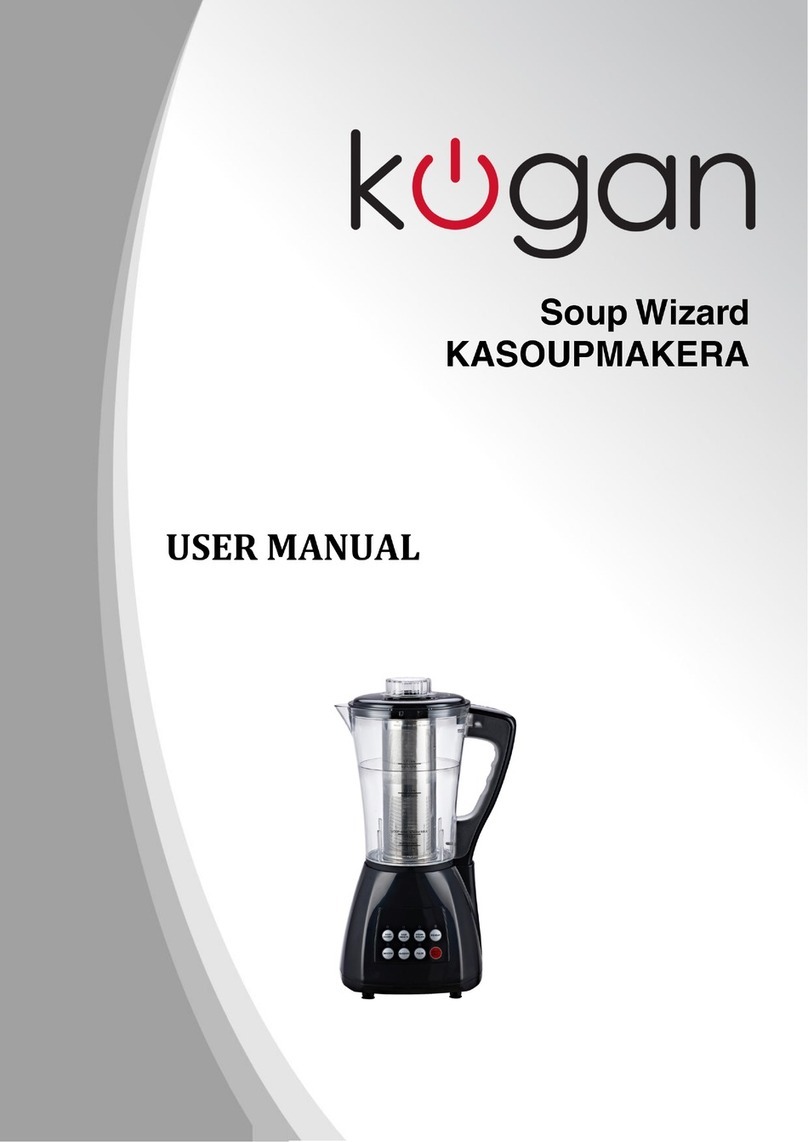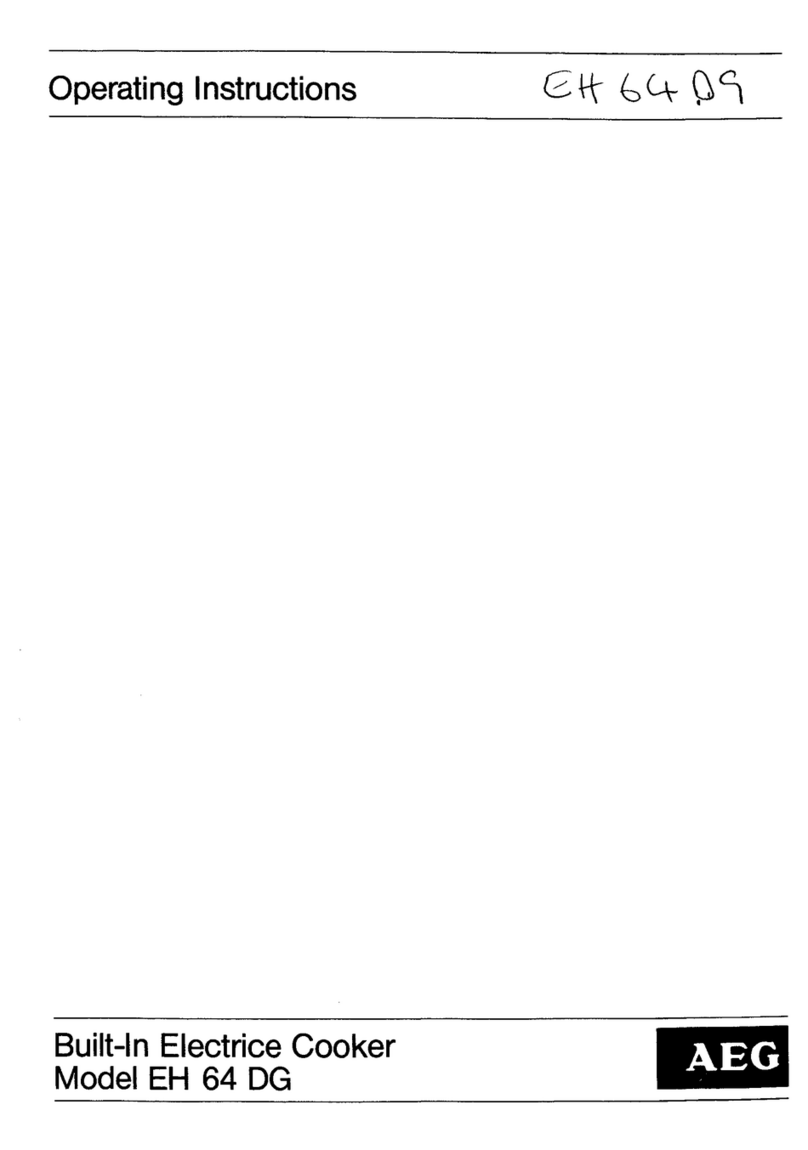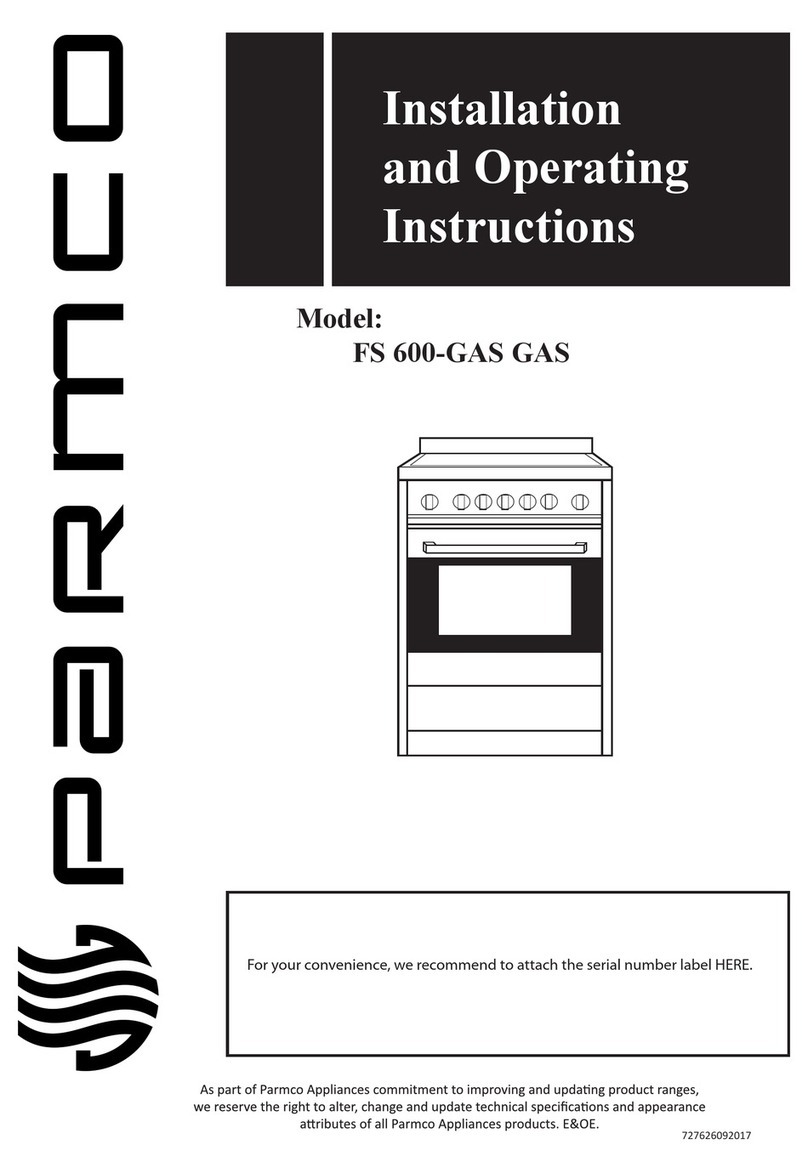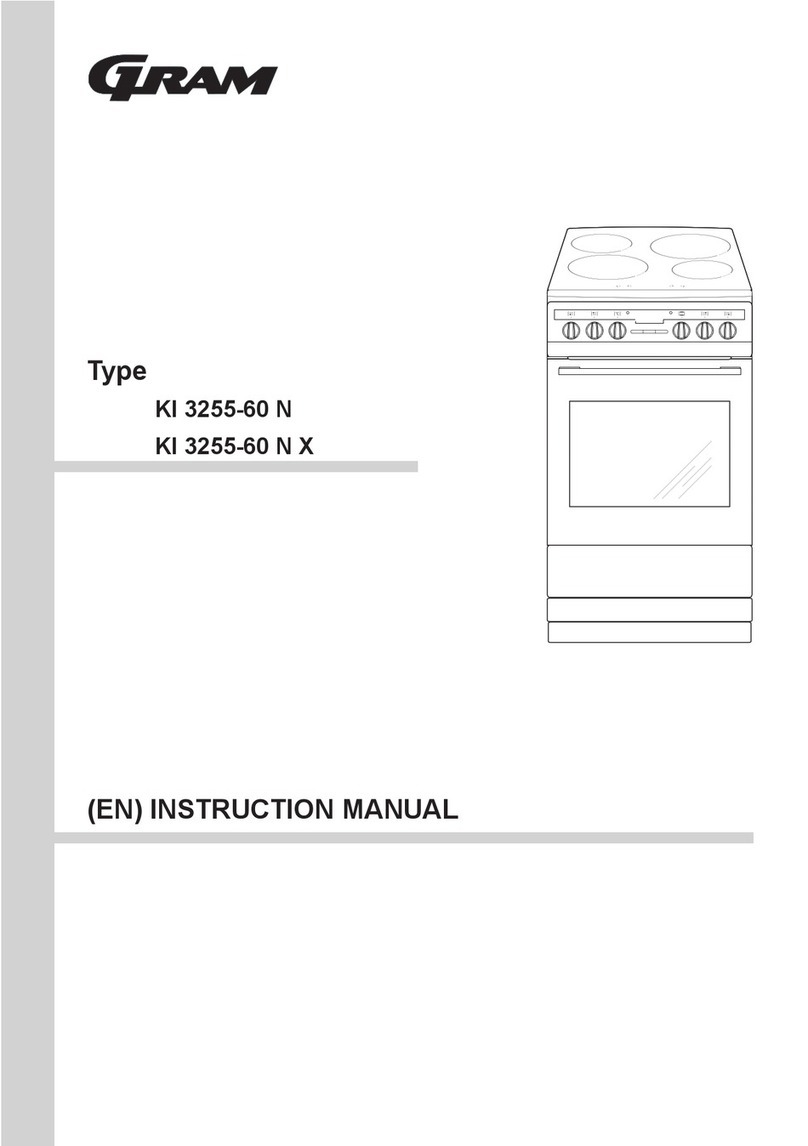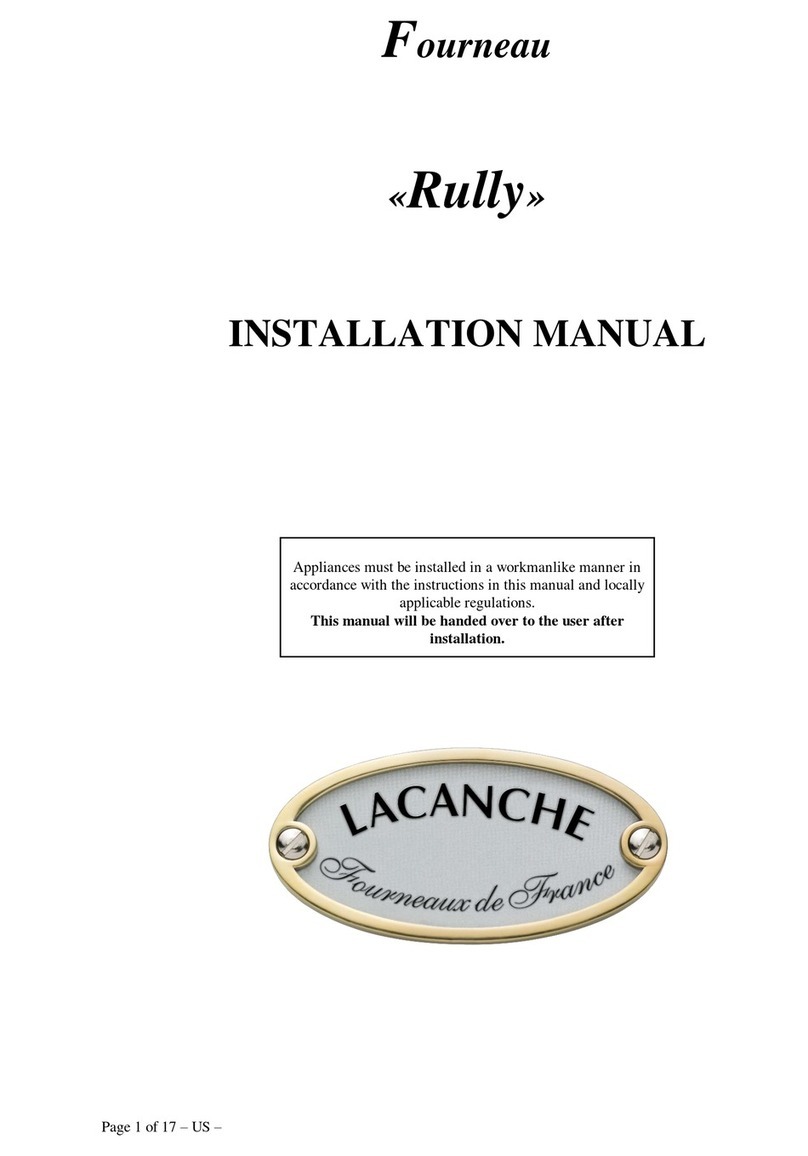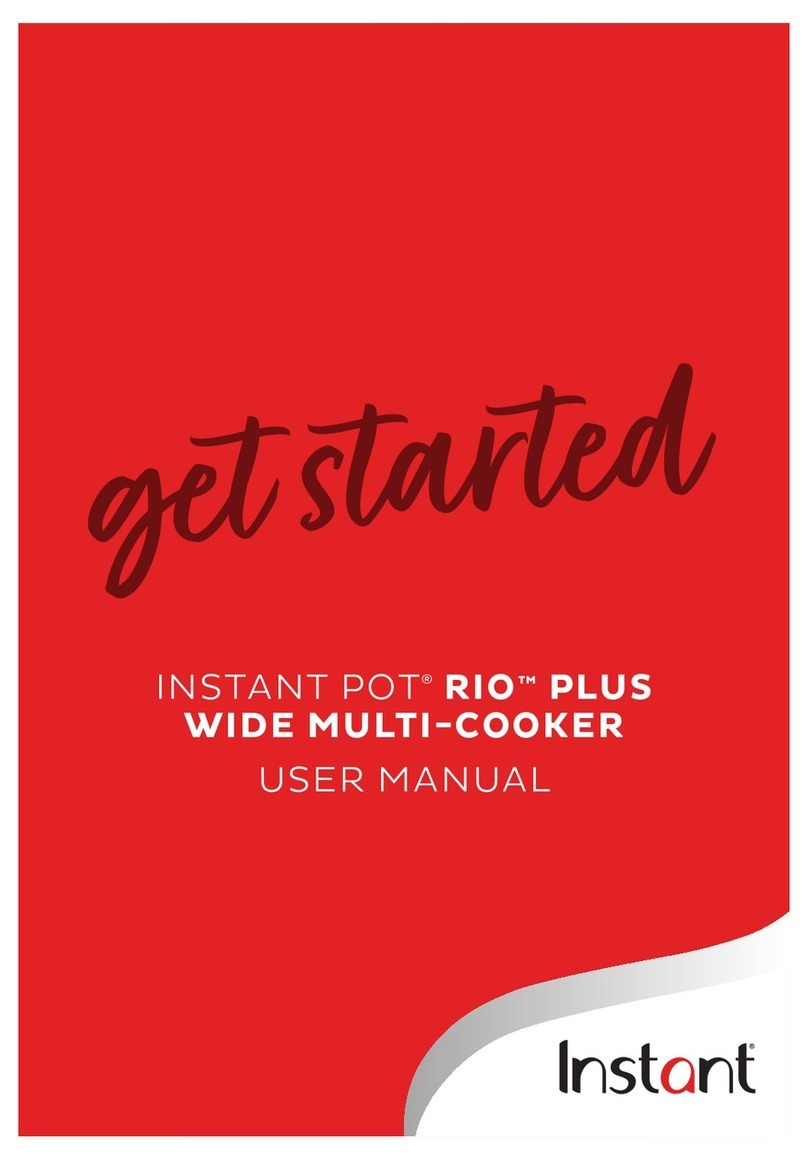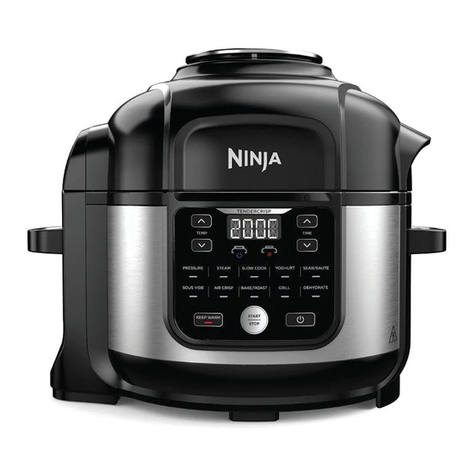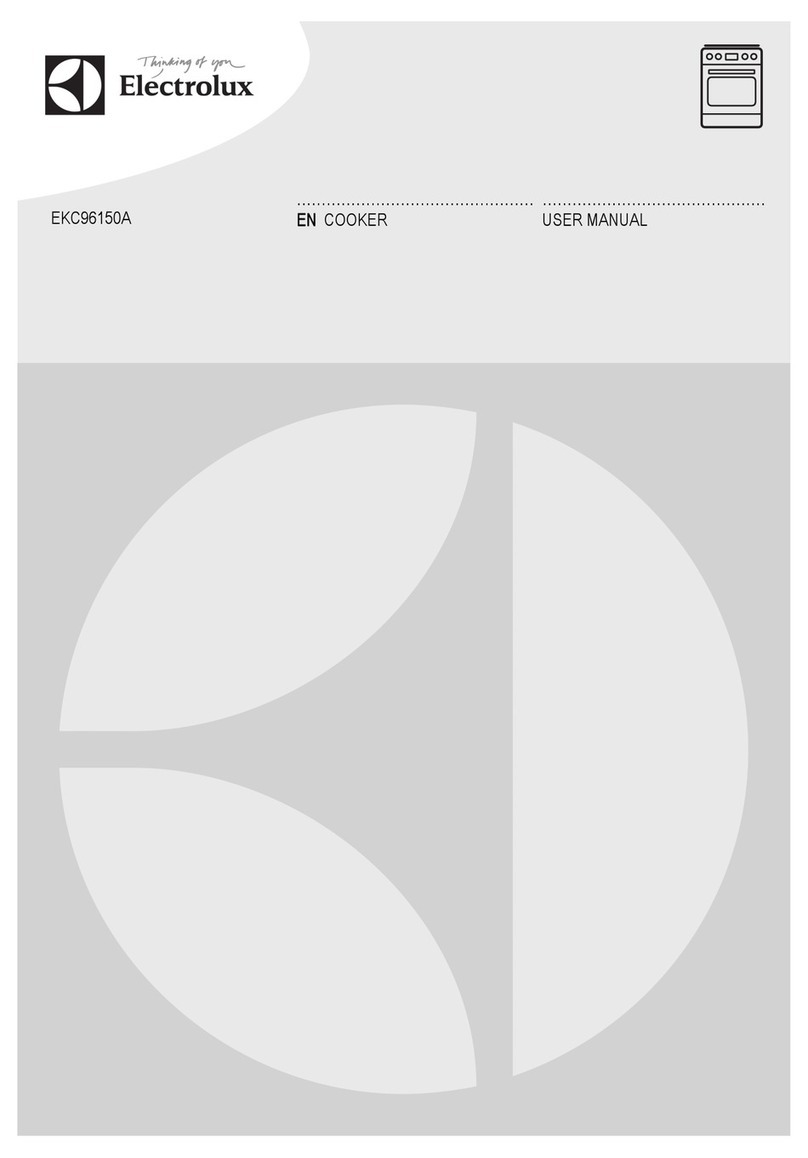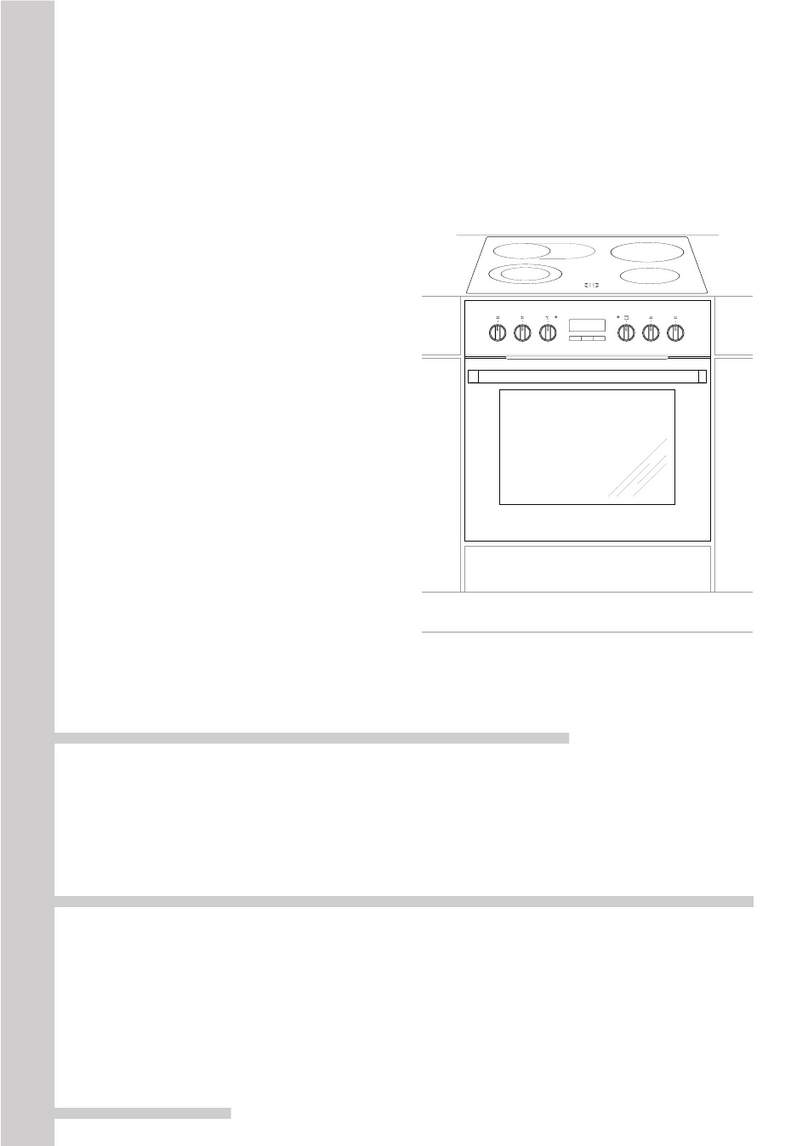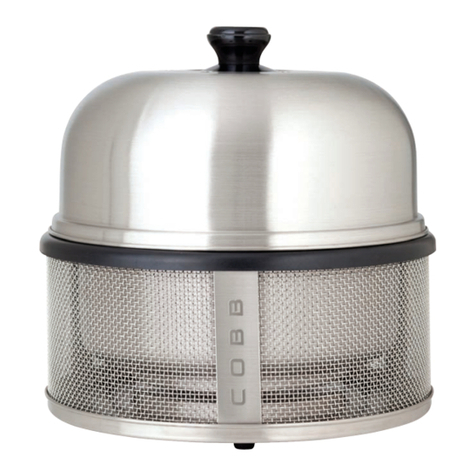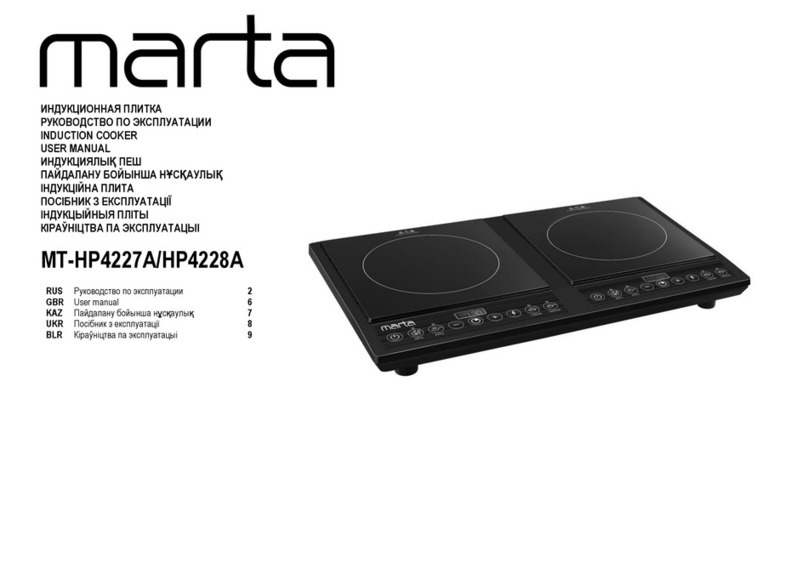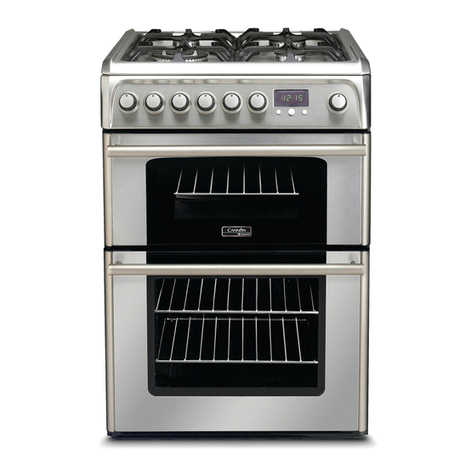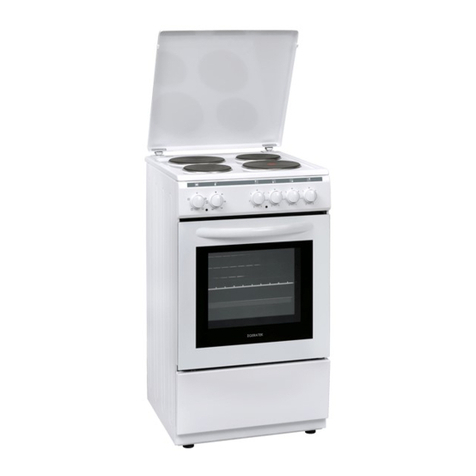EN 12
DEFROSTING
In this mode, the air will circulate without any
heaters operating.
Food suitable for defrosting includes cakes with
heavy cream or butter-based cream, cakes and
pastry, bread and rolls, and deep-frozen fruit.
In most cases, it is recommended to remove the
food from the packaging (do not forget to remove
any metal clamps or clips).
Halfway through the defrost time, the pieces should
be turned over, stirred and separated if they were
frozen together.
PLATE WARMER
Use this function to reheat your dinnerware (plates,
cups) before serving food in it to keep the food warm
longer.
GENTLEBAKE
This feature allows gentle, slow, and even baking
that leaves the food soft and juicy. It is suitable for
roasting meat, cooking fish, and baking pastry on a
single rack.
AQUA CLEAN
Only the bottom heater will radiate heat. Use this
function to remove stains and food residues from the
oven. The program takes 30 minutes.
MAINTENANCE & CLEANING
Be sure to unplug the appliance from the
power supply and wait for the appliance
to cool down.
Children should not clean the appliance or
perform maintenance tasks without proper
supervision.
Stainless steel sheet front side of the housing
(depending on the model)
Clean this surface only with a mild detergent
(soapsuds) and a soft sponge that will not scratch
the finish. Do not use abrasive cleaners or cleaners
containing solvents as they may damage the
housing finish.
Lacquer-coated surfaces and plastic parts
(depending on the model)
Do not clean the knobs and buttons, door handles,
stickers, and rating/type plates with abrasive
cleaners or abrasive cleaning materials, alcohol-
based cleaners, or with alcohol. Immediately remove
any stains with a soft non-abrasive cloth and some
water, in order to avoid damaging the surface.
You may also use cleaners and cleaning materials
intended for such surfaces as instructed by their
respective manufacturers.
Enamel surfaces (oven, cooking hob)
Use a damp sponge with detergent for cleaning.
Fatty stains can be removed with warm water and
special detergent for enamel. Never clean
enamelled surfaces with abrasive means producing
irremovable damage to the appliance surface.
Glass surfaces
Do not use rough abrasive cleaning agents or sharp
metal scrapes for cleaning of oven door glass, as
they could crack the surface and causing the
breaking of glass. Clean the glass surfaces with
special means for glass, mirrors and windows.
CLEANING THE COOKING HOBS
Clean the area around the cooking zones with hot
water and some washing-up liquid.
For stubborn dirt, use a steel wool pad soaked with
detergent; then, rinse the hob and wipe it dry.
Liquids containing salt, boiled-over liquids and
moisture have detrimental effect on the cooking
zones. Always clean the cooking zones,
Use regular cleaners and commercially available
conditioners to maintain the cooking zones. If the
cooking zone is slightly warm, the cleaner will
penetrate the pores more readily.
Cooking zone rings are made of stainless steel.
Because exposure to heat, they may take on a
yellowish hue after a certain period of use. This is a
normal physical phenomenon. The yellowish spots
may be removed with regular metal cleaners.
Aggressive dishwashing accessories are not
suitable for cleaning of these rims, as they may
cause scratches.
CLEANING THE GLASS CERAMIC
SURFACE
After each use, wait for the glass ceramic surface to
cool down and clean it. Otherwise, all remaining
impurities will burn onto the hot surface the next time
you use the hob.
For regular maintenance of the glass ceramic hob,
use special care products that create a protective
film on the surface to prevent the dirt from sticking
onto it.
Before each use of the glass ceramic surface, wipe
off the dust or any other impurities that could scratch
the surface, from both the hob and the pan bottom.




















